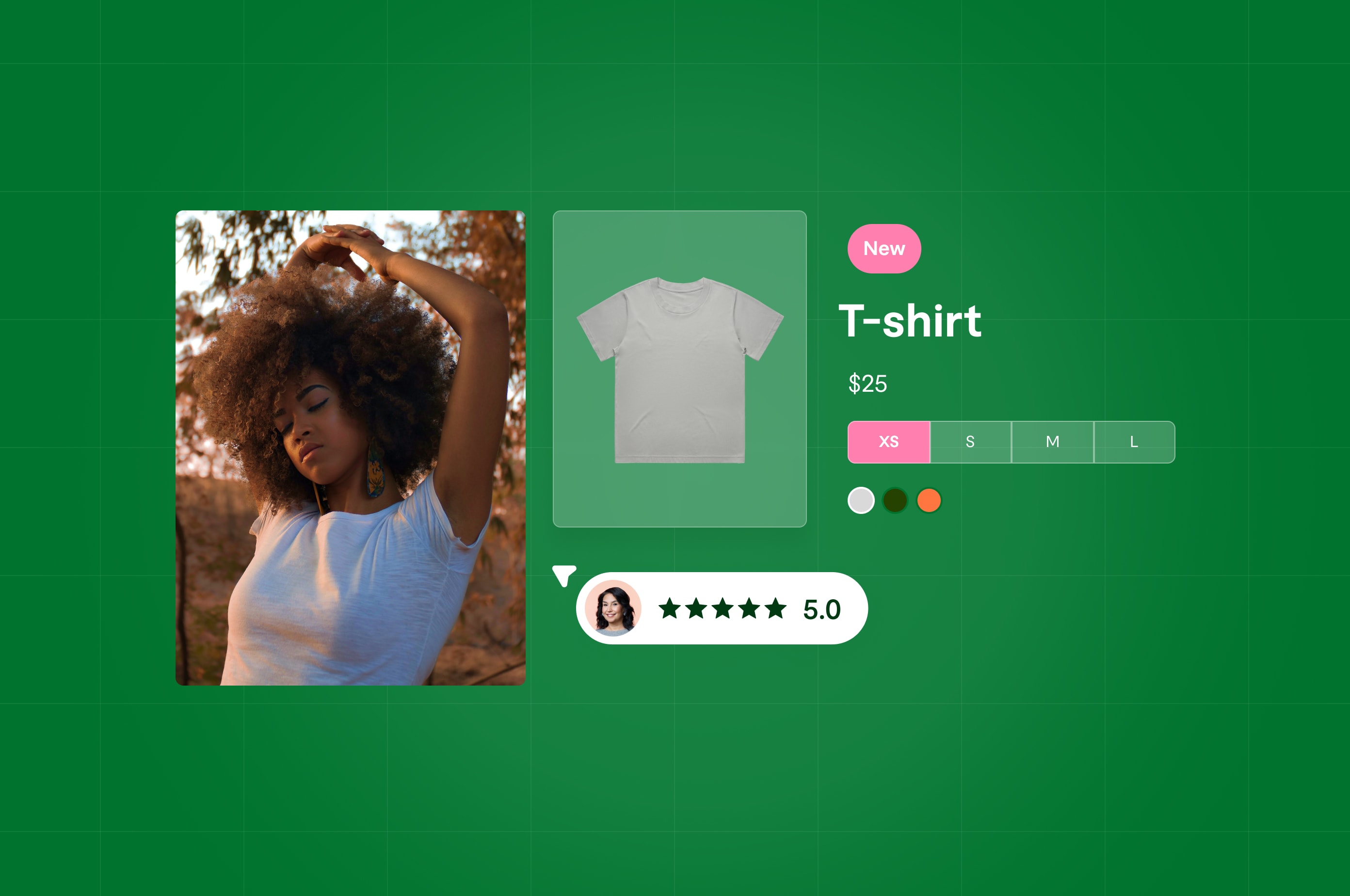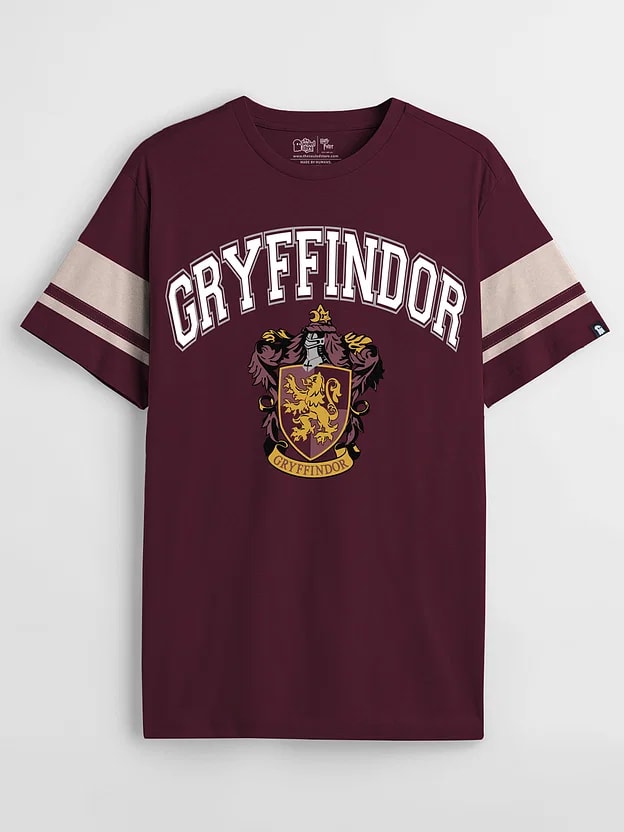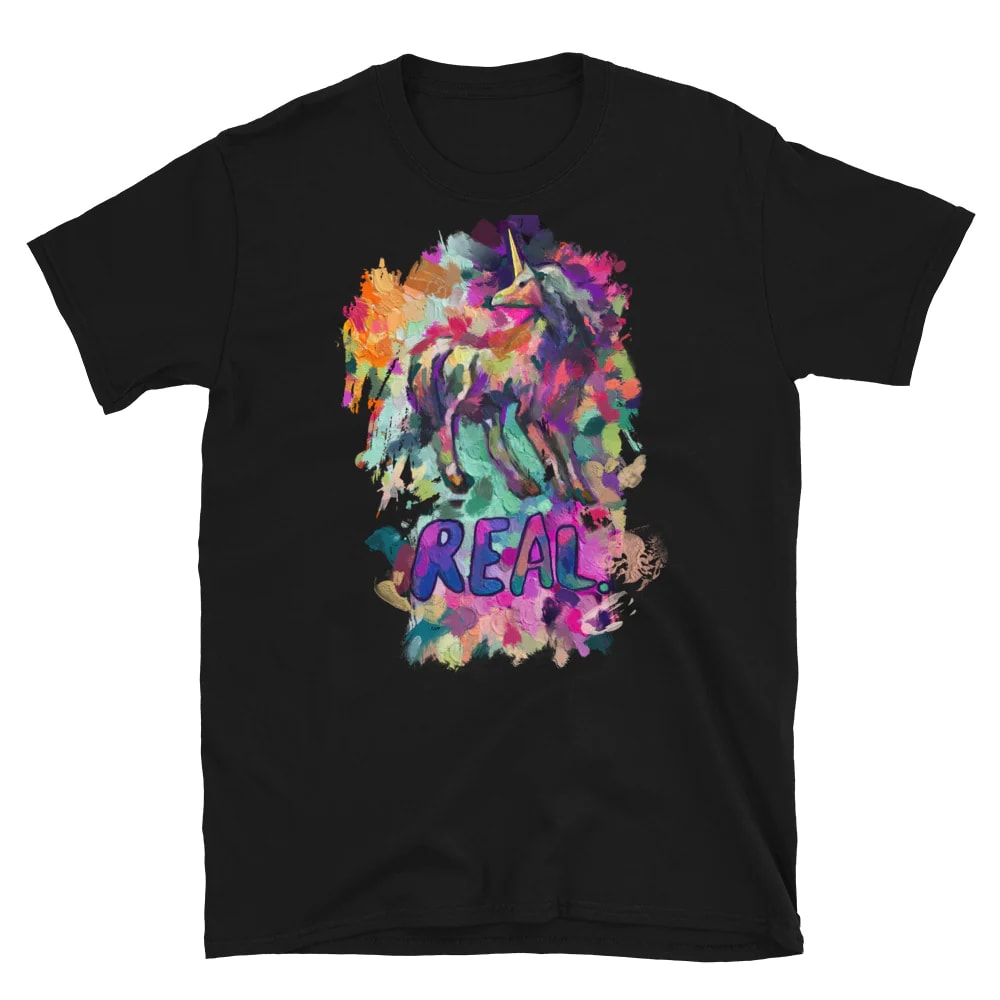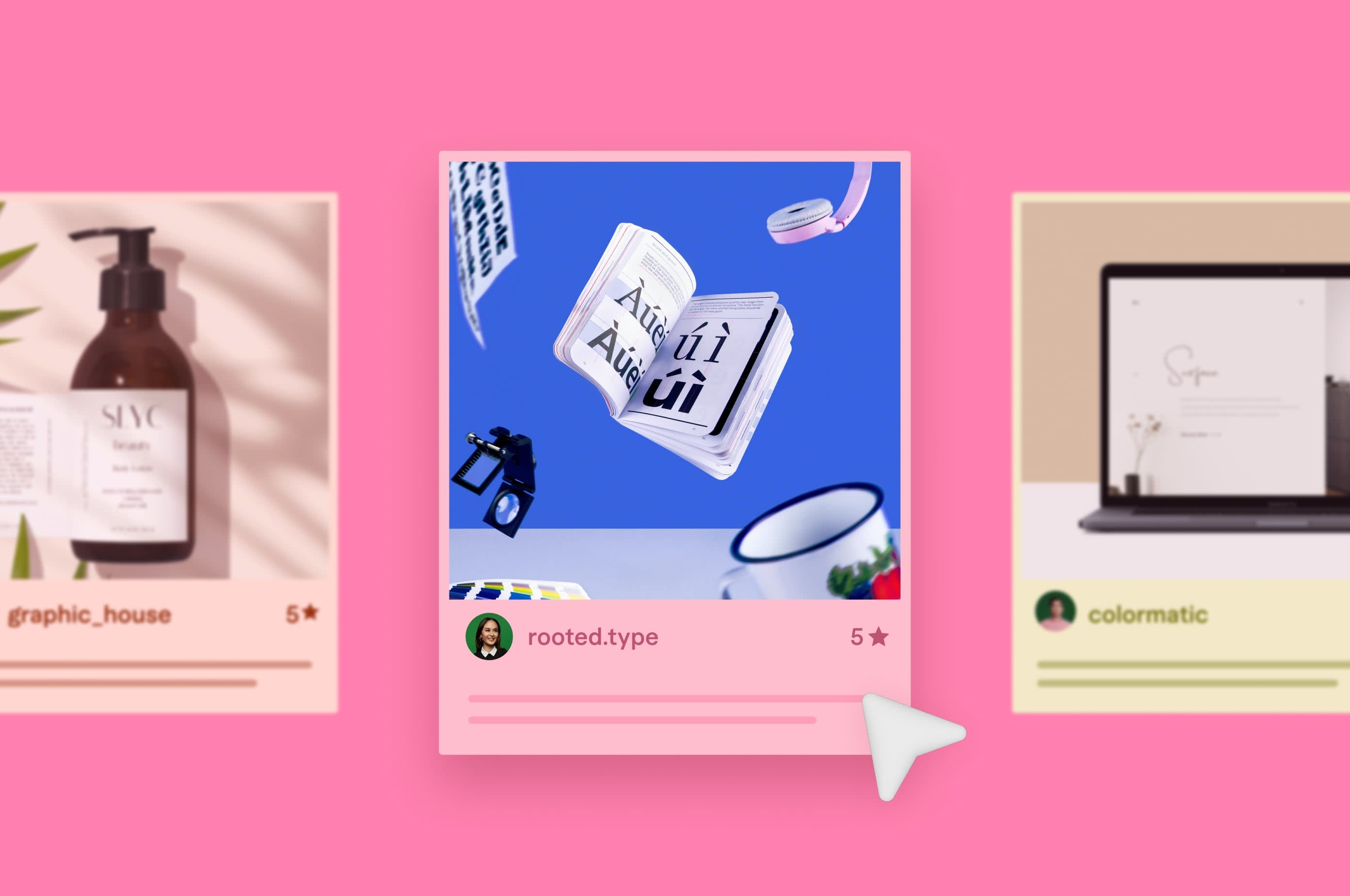How to Start a Successful T-Shirt Business in 2024
Want to turn your passion for T-shirts into a thriving business? This step-by-step guide will show you how to start a successful T-shirt business in just seven steps.
 March 16, 2024
March 16, 2024 10 minute reading
10 minute reading
In 2023, the revenue from T-shirt sales reached $43.94 billion and could grow by 3.31% each year until 2028.
Considering the market size and availability of quality materials and on-demand T-shirt printing services, it’s an excellent time to launch your own T-shirt business.
But it can be challenging to start without experience. Should you cater to a bigger market? Should you outsource designing and marketing? There are a lot of things to consider.
Here’s a step-by-step guide that shows you how to start a T-shirt business in seven steps and get it up and running in no time.
Find a business plan writer for hire
Step 1: Choose a T-shirt niche
Choosing a niche for your small business helps you narrow down the type of shirts you’ll create and who you’ll create them for. While the market is broad, you need something substantial to differentiate yourself. A niche does that.
There are many ways you can home in on a niche:
Look at your own interests and see if something catches your eye.
Conduct competitive research and identify gaps in the market.
Look for popular ideas on other ecommerce sites.
Review threads on social media platforms like Reddit, Instagram, and Pinterest.
Use keyword and audience research tools to identify demand.
For example, The Souled Store, an Indian apparel retailer, has a massive section of themed T-shirts. It has different categories, like “Harry Potter,” “Marvel,” and “TV Shows.” Similarly, you can pick one or two categories and specialize.

An image of a Gryffindor T-shirt from Souled Store’s Harry Potter collection. Source
Or you could focus on brand values instead—for example, sustainability or mission-oriented. DasFlow, a sublimated T-shirt company, did this by focusing on eco-friendly and high-quality sublimation prints.
“Our defining moment came with a viral social media campaign featuring our innovative designs on sustainable fabrics,” says Nicolas Krauss, founder and CEO of dasFlow. “This attention, paired with strategic partnerships and community engagement, propelled our growth. It demonstrated that a commitment to quality and sustainability resonates with consumers and can set a brand apart, even in a crowded marketplace.”
The key is marrying your interests, capabilities, and market demand to help get orders coming initially. Once you do that, create a business plan with the specifics in the next steps.
Step 2: Determine manufacturing and inventory processes
Quality is paramount no matter what business you’re running. And in the fashion industry, where competition is rampant, you need to do better. It’s tempting to go with a low-cost supplier to achieve a higher profit margin—but that erodes trust in your brand and product.
“As a company that has invested heavily in branded T-shirts, one of our main pet peeves is the low quality of materials used by many such vendors,” says Lori Shao, founder and CEO of Finli, an accounting software business. "One of the best USPs you could focus on is high-quality materials. Differentiate your business as a high-end luxury product to access clients willing to pay a premium price for a great T-shirt."
First, source good suppliers of raw materials. This could include:
Fabric
Print inks
Printing equipment
Buttons
Cotton is a popular choice, as it’s durable and works for any weather. So choose a supplier that sources it using ethical practices and test the fabric. Do a wear-and-tear test to understand how long it can last. Potential customers are willing to pay for a premium product if the quality is good—so prioritize this.
Regarding manufacturing, there are two main routes: print on demand (POD) and bulk manufacturing. In print-on-demand services, the T-shirts are printed as orders come in—removing the need for an inventory. This is common for custom T-shirt printing businesses. But the per-item costs and the shipping period can be higher.
Bulk manufacturing is a cost-effective method that lets you produce T-shirts in bulk and store them in an inventory. As orders come in, you can dispatch them immediately—reducing the shipping duration. However, you’ll have to spend a lot on inventory in the initial days.
As for the quality of the shirt, the way you print the design on it also matters. There are six types of garment printing techniques:
Direct to film (DTF): In this printing method, you transfer the print onto a specially made transfer film (usually polyethylene terephthalate or PET, a type of polyester), and then the transferred print is heat-pressed onto the shirt.
Screen printing: It involves creating a stencil (or screen) and then using that stencil to apply layers of ink on the T-shirt surface. Each color is applied using a different stencil, one at a time, combined to achieve the final design.
Sublimation: This process involves turning a solid dye into a gas, using heat and pressure, which then bonds with the fabric and becomes part of the shirt. This results in a highly durable and high-quality print.
Heat transfer: The heat press method involves printing a design onto a special paper called transfer paper and then using heat and pressure to transfer the image from the paper to the T-shirt.
Printed/cut vinyl: In this method, a machine is used to cut out designs on colored vinyl. The cutouts are then heat-pressed onto the T-shirt.
Direct to garment (DTG): It involves spraying the ink directly onto the T-shirt and can print intricate and detailed designs with various colors.

The difference between different types of T-shirt printing techniques. Source
Step 3: Create your T-shirt designs
After deciding your niche, start the design process. If you already have the design skills, create your own T-shirt designs. If not, consider hiring a T-shirt designer to help you out. They’ll know how to make the design and which combinations work the best.
Start by sketching out concepts and design ideas that align with your chosen niche. Use design software like Adobe Photoshop or free alternatives like GIMP to create high-resolution designs and templates.
Or if you’re using existing images or AI-generated images, get a commercial license before you sell T-shirts with them. If you’re creating tees with text on them, choose a clear font that’s in line with your brand.
Real Unicorn Apparel, an online T-shirt store sells unicorn-based T-shirts. It uses the unicorn and magic theme as the ecommerce store was created to market the two co-founder’s book: The Book of the Magical Mythical Unicorn.
“As a young writer looking to partner with a more established individual for the best chance of success, I was connected with Vakasha Brenman,” says Alfonso Colasuonno, co-founder of Real Unicorn Apparel.
“She had been researching unicorns for decades and wanted to write the definitive book on the topic. After our initial marketing endeavors were completed and book sales eventually dried up, I wanted to honor my commitment to Vakasha and launch Real Unicorn Apparel to carry on her legacy.”
Similarly, you can use your T-shirt brand’s values, message, and theme to create your designs.

An image of a T-shirt with a unicorn design. Source
Once you have your designs, validate them. Use mockups and get feedback from those in your target audience. For example, if you’re creating anime merch for the Gen Z demographic, survey them and ask them if they’d buy them.
Additionally, post your designs in dedicated forums like subreddits that represent your target market. Use that feedback to iterate on the final product.
Hire a graphic design freelancer to help you out.
Step 4: Make your T-shirt business official
Once you have product-market fit, legalize your business. Decide on your business structure first. For example, will it be a sole proprietorship, partnership, limited liability company (LLC) or corporation? Consult a legal expert who’s well versed with your country’s tax and legal regulations and can help you create a proper business model.
Next, obtain your business license, tax identification number, and employer identification number (EIN) via the IRS website (US only). You need an EIN only if you plan on hiring employees.
You should also sort out requirements, such as:
Trademark licenses for brand name
T-shirt logo (to be trademarked)
State and federal tax registration
Resale certificate
Copyright protection certificate
Product labeling requirements
Business insurance
Workers’ compensation insurance
Health insurance
In addition, work with an accountant or finance consultant to prepare your books and paying your quarterly taxes. Complying with these legalities protects you from legal complications and builds credibility with your customer.
Step 5: Calculate your startup and overhead costs
Start by calculating your startup costs, which can include the following expenses:
Product research and development
Design software
Accounting software
Contractors (designers, accountants, etc.)
Branding and identity
Sample products
Initial inventory
Legal fees
Rental fees
Employee salaries (if in-house)
Production equipment (in-house operations)
Account for the cost of goods sold (COGS), which is the direct T-shirt production cost. The goal is to limit the overhead costs as much as possible. So keep a close eye on your costs and eliminate what’s not giving a good return in three to six months.
When you have a clear idea of your startup investment, you can price the T-shirts accordingly. Aim for a 50% to 75% margin initially.
Use these calculations to collect and invest this money upfront for your new business idea. You can do this through your own savings or help from investors.
Step 6: Set up your T-shirt store
Use ecommerce platforms like Shopify, WooCommerce, Amazon, or Etsy to create your online store. Or create your own storefront using WordPress to sell online.
Here are a few things you need to prepare for:
Brand identity and design
Website design and development
High-quality product images
Product descriptions
Search engine optimization
Multiple payment options
Smooth checkout process
If you’re not hiring employees, consider hiring independent contractors to set up your store and get them to collaborate so that everything gets done according to a single vision. Make sure your T-shirt store is easy to navigate and reflective of your brand.
Your brand identity should be clear, as it helps with brand recall.
“My friend started Eleven11Tees.com, a clothing line, and her brand has some cool slogans that make her brand instantly recognizable,” says Katharine Gallagher, a business growth specialist. “It’s so hard to do in a saturated market. She introduced limited-edition designs, collaborates with local businesses, and creates sustainable, high-quality designs that are anything but throw-away. As my friend has done, you must get tactical in your approach and create a strong brand identity to survive.”
On the back end, you need software to manage your ecommerce business, and an inventory to store products (if you’re producing in bulk). Consider working with a supply chain management specialist to figure out the logistics. After you’re done with this process, market your business.
Step 7: Market your business using multiple channels
Start by identifying where your target audience spends their time online and create a marketing strategy based on that. There are many platforms you can consider for marketing your online T-shirt business:
Facebook
Instagram
Pinterest
Google Ads
Meta Ads
Pinterest Ads
Email marketing
Blog posts
Influencer partnerships
Local partnerships
Since the product is more visual in nature, frequently post high-quality images and behind-the-scenes footage to gather more attention. Also, run channel-specific campaigns like discounts to create a sense of urgency.
If customers don’t want to purchase, collect email addresses through your website with sign-up incentives like discounts or exclusive content.
If they purchase, encourage them to leave a review for the product and refer to your clothing brand. This activates word-of-mouth marketing and increases your customer base and revenue over time.
Ultimately, you need to invest in multiple marketing channels to reach a broader audience and build a strong brand presence.
Launch your T-shirt business with Fiverr’s talent pool
As a business owner, starting your own business is no small feat—and doing so in a competitive field is another ball game altogether. When you understand what goes into launching a T-shirt business, it’ll save you a lot of time, effort, and money down the line.
Instead of experimenting too much initially, follow the steps we’ve provided to make sure you have a successful launch. And if you want to avoid doing it all by yourself, consider hiring a team of freelance experts.
Fiverr’s talent pool of freelance service providers have the necessary skills and knowledge to help you navigate the initial stages. Whether you need to sort out legalities or market your T-shirt business, an entire marketplace of expert freelancers is waiting to take your business to new heights.
Ready to hire your first freelance partner? Sign up for Fiverr today.



